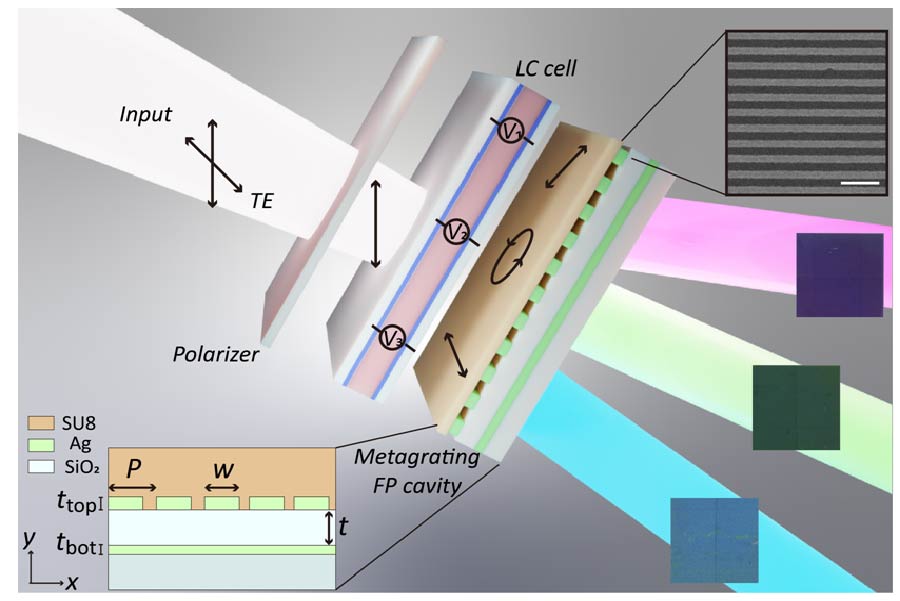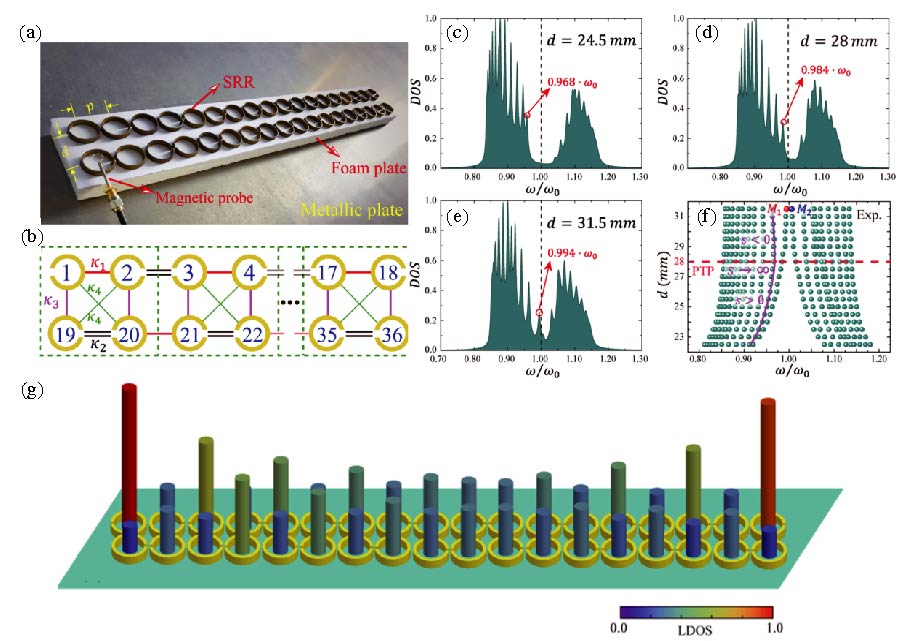Two-Dimensional Acoustic Asymmetric Vortex Focusing Lens by Binary-Phase Mode Converters
Yin Wang,
Hong-Yu Zou,
Yu-Jing Lu,
Shuai Gu,
Jiao Qian,
Jian-Ping Xia,
Yong Ge,
Hong-Xiang Sun,
Shou-Qi Yuan and
Xiao-Jun Liu
Recently, the study of acoustic vortex beams has attracted a great attention owing to its potential applications in medical ultrasound imaging and trapping particles. In some special applications of medical ultrasound, it generally needs the simultaneous realization of vortex focusing and asymmetric propagation in three-dimensional (3D) space. However, the design of a two-dimensional (2D) device with asymmetric acoustic vortex focusing (AAVF) remains a challenge. To overcome it, we experimentally demonstrate a 2D AAVF lens composed of three types of binary-phase mode converters. By simultaneously introducing the phase profiles of acoustic focusing and vortex caused by the mode converters, we design a 2DAAVF lens with the topological charge n = 2, i.e., the sound energy can pass through the lens from the upper side and forms a vortex focus in 3D space; however, it cannot transmit through the lens from the other side. The vortex focusing and asymmetric transmission arise from the phase manipulation and the conversion between the zero-order and first-order waves caused by the mode converters, respectively. The measured fractional bandwidth can reach about 0.19. The proposed lens has the advantages of high-performance AAVF, broad bandwidth and complex sound modulation in 3D space, which provides diverse routes for designing 3D multi-functional sound devices with promising applications in medical ultrasound.









